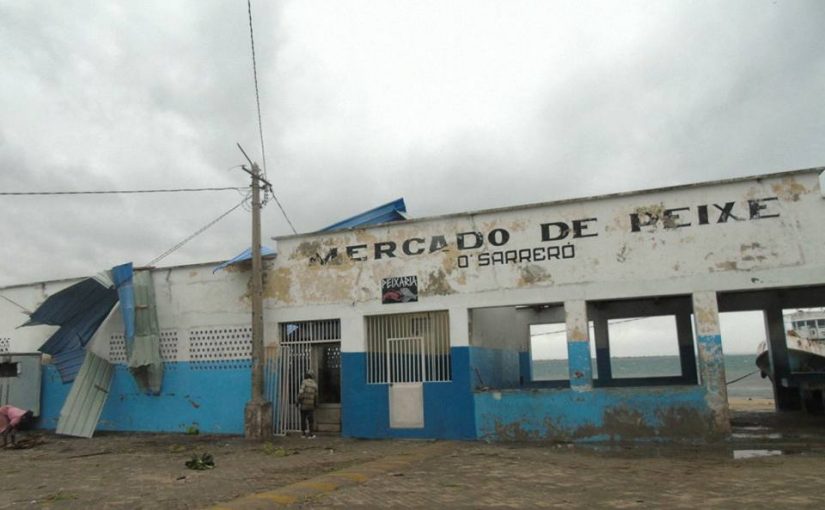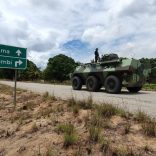Mozambique: Terrorism affected over 134,000 people in May- AIM
Destruction in wake of northern storms – AIM report

Photo: Municipio de Ilha de Moçambique Facebook
The tropical depression that struck northern Mozambique last week caused seven deaths and destroyed or damaged over 14,000 homes in Nampula, Niassa and Cabo Delgado provinces.
According to the spokesperson for the Mozambican relief agency, the National Disaster Management Institute (INGC), Paulo Tomas, speaking to reporters on Saturday, over 78,000 people were directly affected by the storms, mostly in Nampula.
75 electricity pylons were knocked down, depriving much of the province of electricity. 343 Nampula classrooms and eight health units were also damaged.
Tomas said that restoring the damaged infrastructure in the three northern provinces will require 306 million meticais (about 5.2 million US dollars).
On a visit to the port city of Nacala, the governor of Nampula, Victor Borges, cited in Monday’s issue of the Maputo daily “Noticias”, put the number of confirmed deaths in his province at nine.
In Nacala, Borges could see how the torrential rains of the past week had swept huge amounts of mud down the hillsides and into the commercial part of the city. The mudslides overwhelmed an electricity sub-station, and blocked every road in the lower part of Nacala.
A great deal of mud was swept into the port, and the railway leading out of the port was left suspended in mid-air – the rains had eroded the ballast and the land supporting the tracks. The line, which eventually runs to Malawi, was closed to traffic.
“We are still assessing the damage caused by the rains in our province”, sad Borges, “but the situation of the infrastructures in Nacala greatly concerns us, because some of them are in a critical condition”.
There are fears of possible flooding in the neighbouring province of Zambezia. The Licungo river, measured at the town of Gurue, is now at its highest level for the past two years. The river is thus inevitably rising further downstream, at Mocuba. It was at Mocuba that devastating floods on the Licungo occurred in early 2015.












Leave a Reply
Be the First to Comment!
You must be logged in to post a comment.
You must be logged in to post a comment.